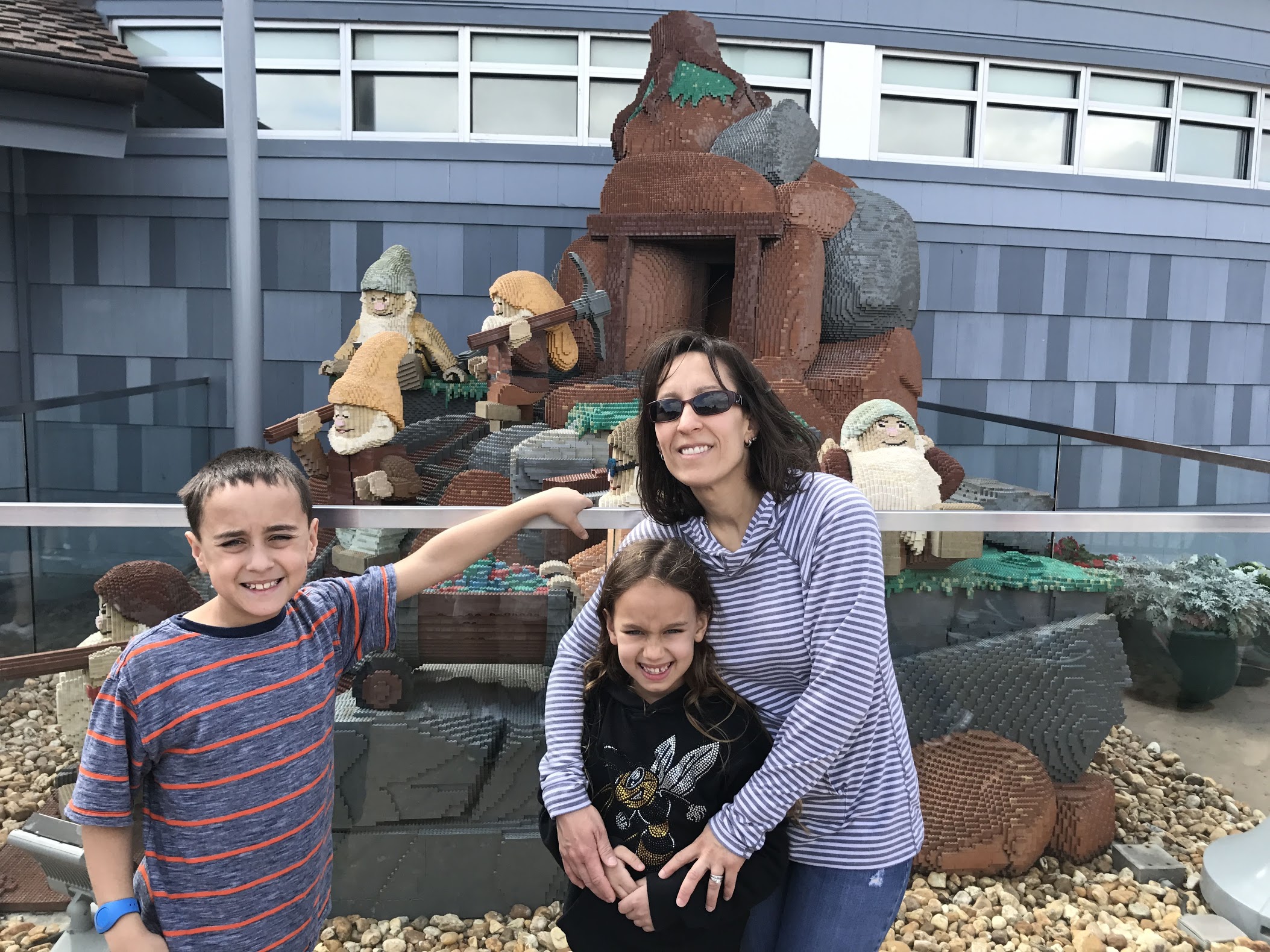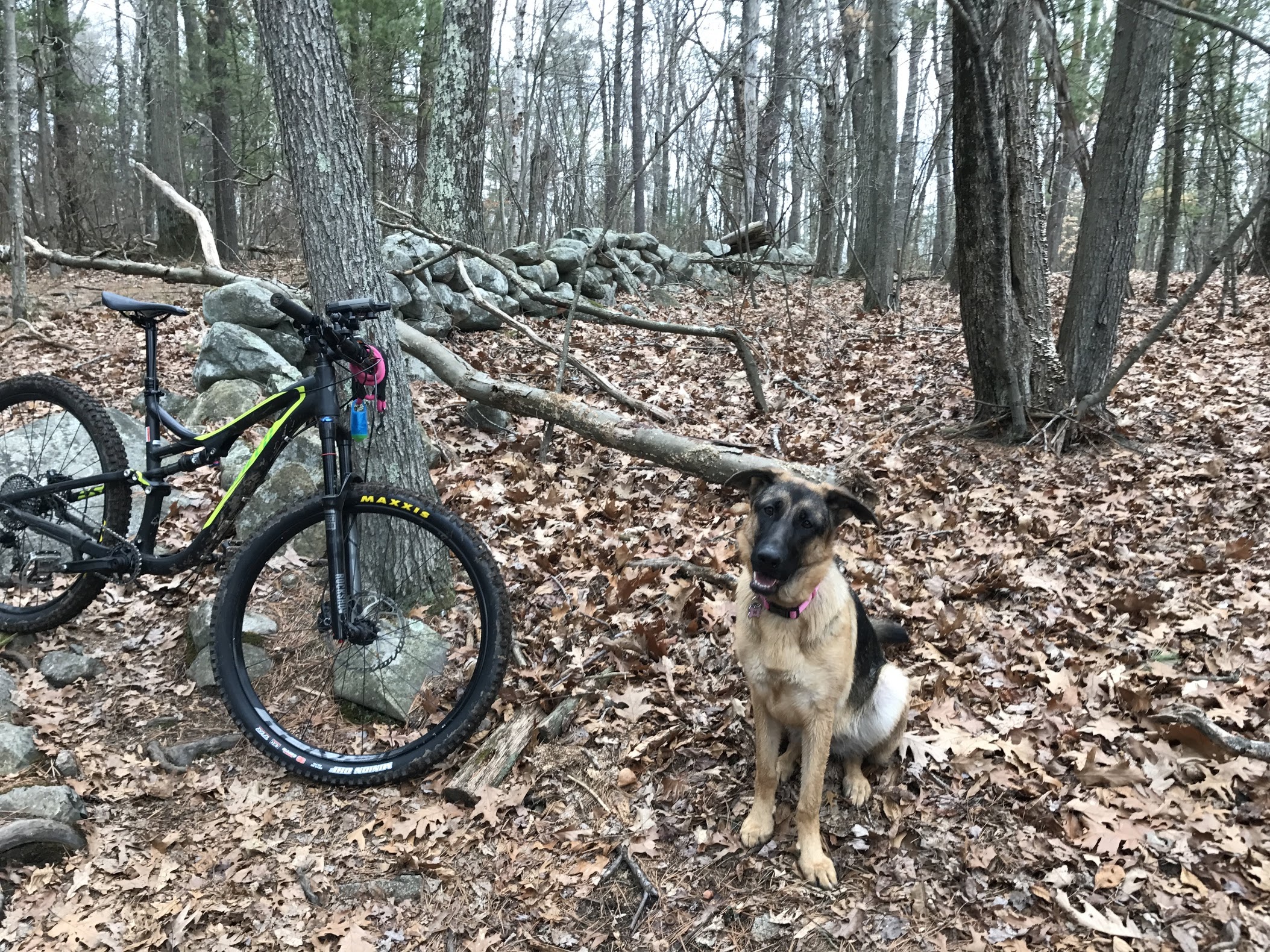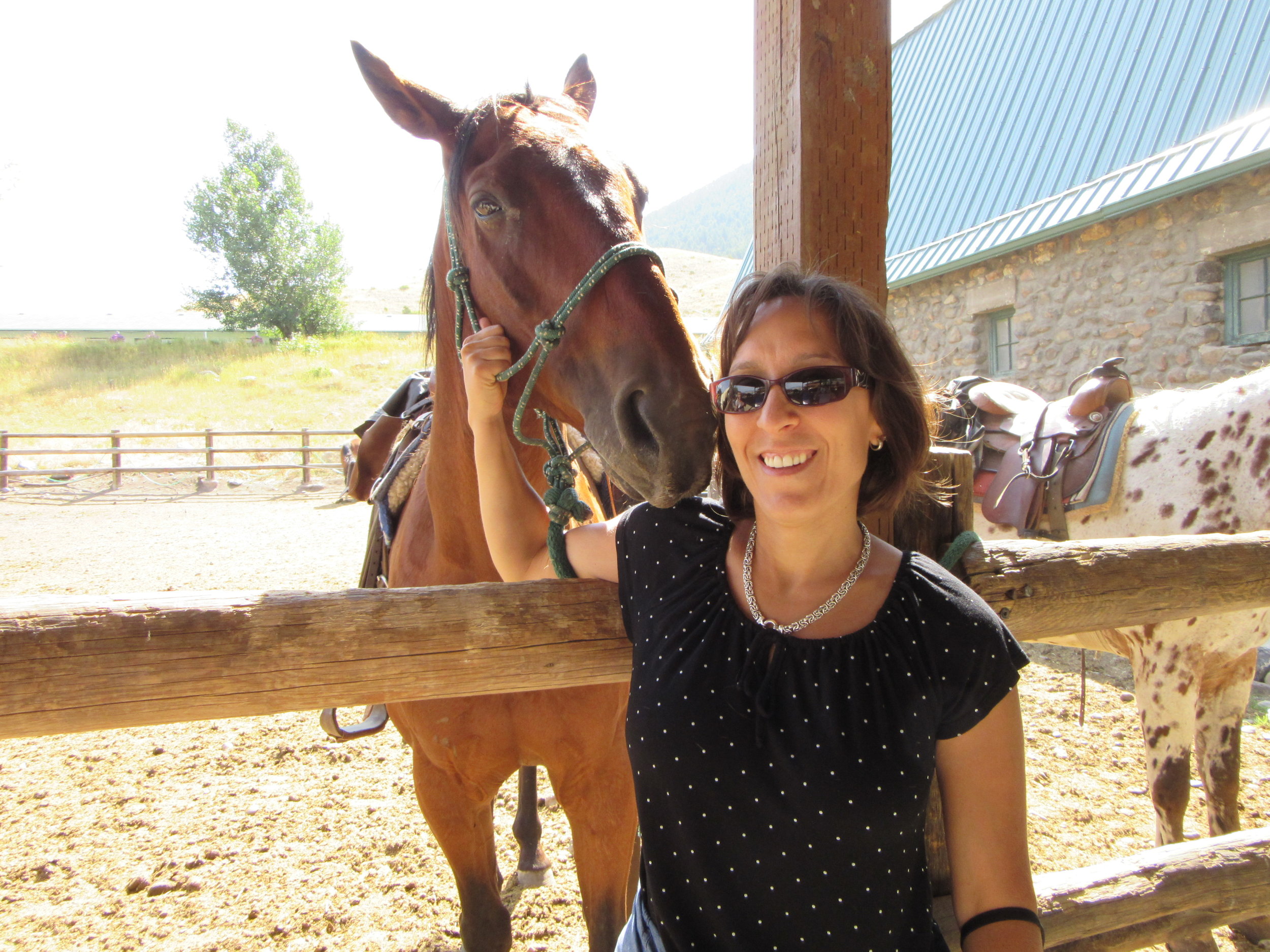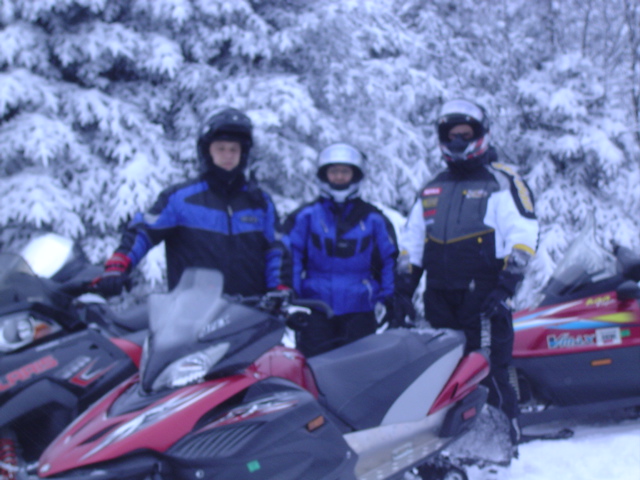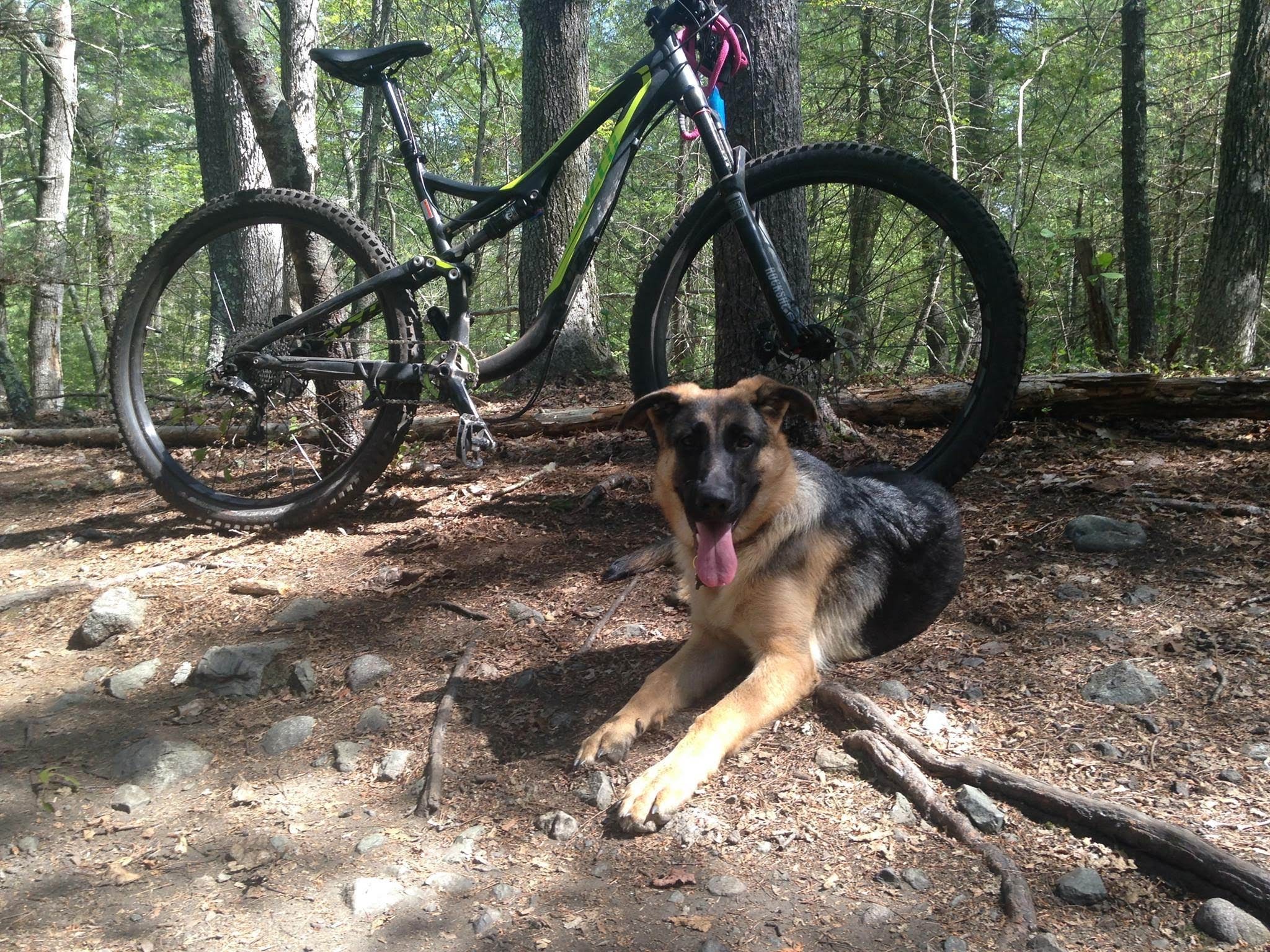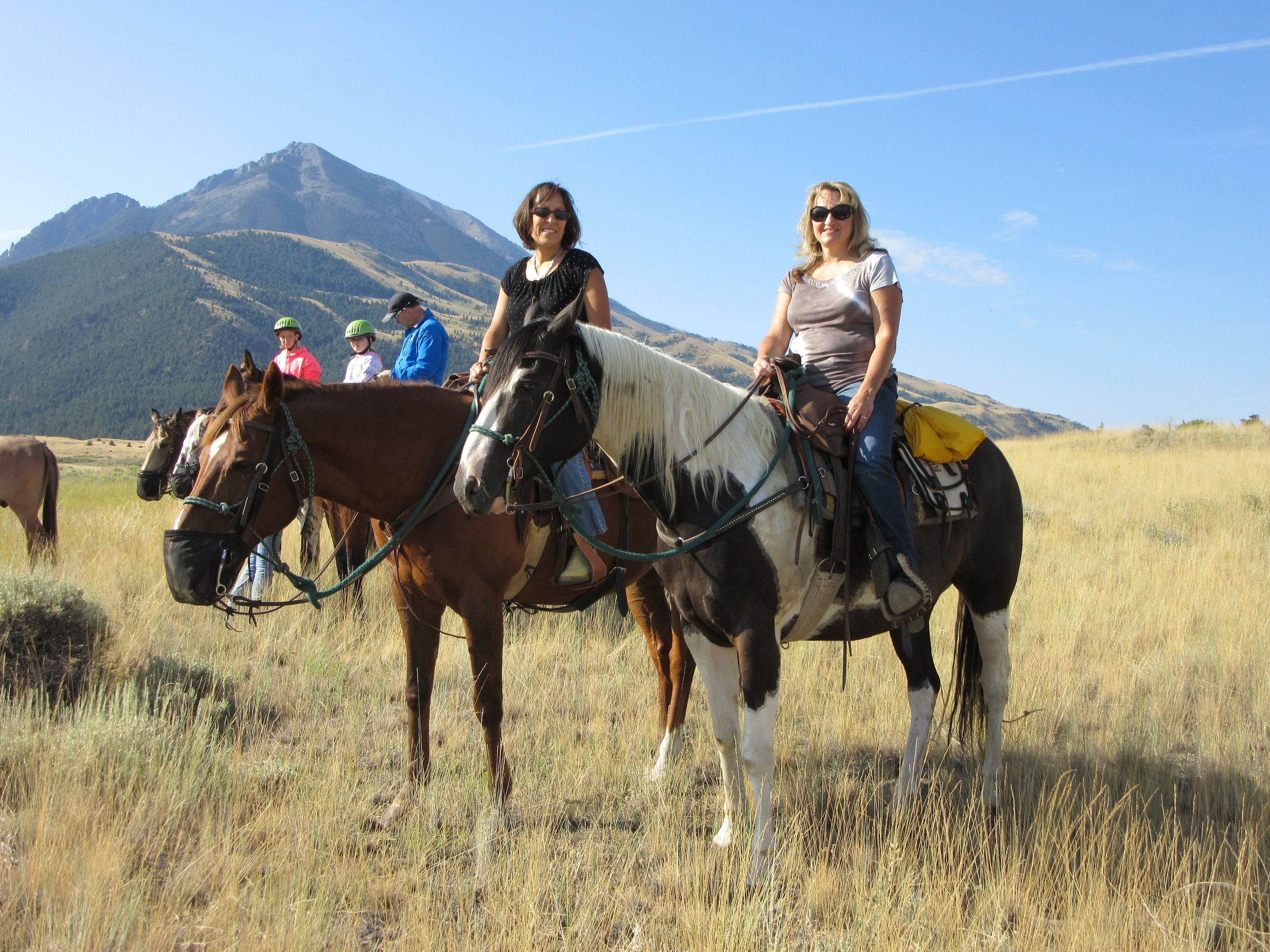With her wealth of knowledge in both programming and education, junior developer Erin Carvalho offers unique insight into developing educational games and interactives. Erin has a bachelor's degree in secondary education from the University of Hawaii at Manoa and a masters degree in education from the Harvard Graduate School of Education, and it’s this background in education that pushes her to not only consider the code, but also the pedagogy in every project.
“Having teaching and administrative experience definitely helps me consider how people will use the programs I develop,” says Erin. “I’ve been fortunate enough to see how education affects everyone. I feel like I owe it to my mentors, colleagues, and students to develop programs that are student-centered and teacher approved.”
As junior developer, Erin serves as a programmer on a variety of polished projects across mobile and web platforms. Her creative problem solving and technical skills enable her to quickly adapt to new programming challenges. So let’s get to know the newest member of the FableVision team and take a deep dive into Erin’s insightful advice for up-and-coming developers, her favorite activities, and her strong opinions on pumpkin spice lattes.
Welcome to the team! Tell us more about your journey to FableVision.
Honestly, if you had told me in college that I would be a developer within the next three years, I probably would’ve laughed hysterically. I was sure that once I graduated I would just become a teacher. I had applied to a teaching residency in Boston when my sister contacted me about a course she worked for called CS50, Harvard University's introduction to the intellectual enterprises of computer science and the art of programming. It was too good of an opportunity to pass up. I helped develop content for their high school version of the course that mapped to the new (at the time) AP Computer Science Principles course launched by the College Board. It wasn’t long before I started taking on small development projects like the project5050.org website. That was probably the first time I thought, “I like this and I want to do a lot more of this.”
Brian Grossman, FableVision’s Technical Director, was a teaching assistant for one of the courses I took at the Harvard Graduate School of Education, and he informed me of a developer position at FableVision. I politely declined to which he replied, “I’m gonna keep emailing you, hoping to find an opportunity to work together at some point. Hope that’s ok. ;-)” It’s a year later, and here I am.
What does a typical day in the life of a developer look like at the studio?
One of the reasons that first got me interested in programming is that no one is an “expert.” My browsers always have a million tabs open, just like my brain. Programming changes rapidly, so you need to be comfortable being uncomfortable. While I was hired as a developer, I love being able to contribute to other aspects of projects like the UI and overarching pedagogy.
You were a Zoombinis fan before coming to work here. What’s your favorite part about the game, and how did learning about FableVision’s role in the 2015 relaunch influence your decision to join the team?
I have always been a HUGE fan of logic puzzles and brain teasers. I love challenging myself to consider various perspectives. One of my coworkers suggested that I try out Zoombinis, and I was hooked. I loved the variety of the various minigames and all the trial and error. The first time Brian reached out about potentially working at FableVision, I Google’d the studio’s projects and as soon as I saw Zoombinis, I knew I had to do whatever it took to join the team.
What team dynamic do you feel is most important for a development team?
I think communication is huge! People tend to think of a stereotypical programmer as someone who is alone in a dark basement drinking Mountain Dew. That’s simply not the case...I prefer Coke Zero. All joking aside, developing is almost entirely about collaboration. You may be the only developer on a project, but you typically work with a team of people who bring their ideas, perspectives, and backgrounds to help produce the best project possible. I don’t expect the people I work with to understand every technical term and I certainly don’t always have knowledge in other aspects of a project either. It is key to develop a shared vocabulary so that everyone can feel comfortable contributing.
What are you most looking forward to in your career at FableVision Studios?
I’m excited to work with everyone in the studio. I feel privileged to work with such an amazing group of individuals who all provide critical pieces to produce amazing projects. I’ve dipped my feet into art a little and have also worked on content development, so I love seeing the unique ideas people bring to the table.
We heard you’re a gamer! What are your favorite video and board games, and what has being an avid player taught you about designing and developing educational games?
Video Games:
I think my biggest takeaway from the games I play is that a good game can be won in a variety of ways. I love using my knowledge of my opponents to inform my strategy. My favorite games are the ones that aren’t over until it’s over. As a developer, I strive to create experiences that are appealing and accommodating to all learners. I want people to be able to solve my games in whatever way is best for them.
You’re also a certified Yoga instructor. What do you enjoy most about doing and teaching yoga?
In high school and college, I ran cross country and track. After moving to Boston, I started running, but the colder it got, the less I wanted to be outside, so I started doing hot yoga and quickly fell in love with it. My favorite part of yoga was the mental aspect. I found that taking an hour to just focus on my breathing really helped me feel more at ease throughout the day. It also gave me strategies I could use outside of a yoga class if I was feeling particularly stressed. The community at the yoga studio became a family and teacher training just felt like the next logical step. It definitely added another level to my practice because I learned more about the anatomy behind the poses and various modifications to differentiate.
Tell us one thing that others never thought you would do, but that you have done.
People probably thought that I would never move to Boston. A lot of people who grow up in Hawaii stay in Hawaii. It was a big move and very scary moving somewhere where I only knew a couple people. I think it was necessary, though. I’d advise anyone moving to get a dog. I got my dog as soon as I moved, and while it was stressful starting a new job and raising a puppy, it got me out of my apartment. I made a lot of friends in my building and at the dog park. Taking her for walks helped me get to know the neighborhood and all the hidden gems you only find by walking around.
More About Erin:
Dogs or cats: DOGS!
Favorite place to visit in Boston: The Charles River.
Favorite animated movie: The Croods.
Pumpkin spice lattes. Yes or no? No...just no.
Something you couldn’t go a day without: Spotify.
Favorite Halloween candy: Sour Patch Kids.











